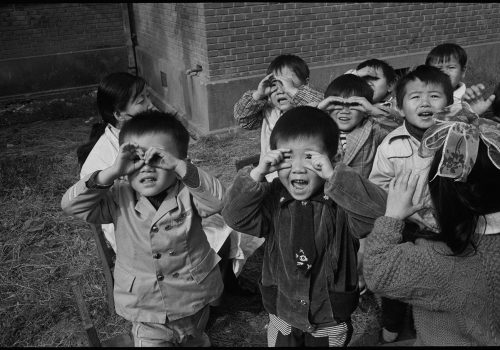A Breton born in Paris in 1941, a Magnum veteran for the past 42 years, Guy Le Querrec has three loves. Photography is his greatest passion, but he also has an innate talent as a teacher, which was detected by Marc Riboud. It was Riboud who asked him to create a workshop at the Arles Photo Festival in 1976. His subsequent master classes have trained many amateur and professional photographers alike including Patrick Zachmann (another Magnum member). This exhibition for Arles + Jimei arrives at the 30th anniversary of his Arles workshop in China, which he conducted in Fujian in Xiamen and Quanzhou, along with eight trainees from the Arles Festival in 1988. His second love is his “country” of origin, Brittany, where he has photographed relentlessly over the years. And third, as a music lover, he is passionate (and knowledgeable) about jazz.
This article is reserved for subscribed members only. If you are already a member, you can log in here below.
Subscribe for full access to The Eye of Photography archives!
That’s thousands of images and articles, documenting the history of the medium of photography and its evolution during the last decade, through a unique daily journal. Explore how photography, as an art and as a social phenomenon, continue to define our experience of the world. Two offers are available.
Subscribe either monthly for 8 euros (€) or annually for 79 euros (€) (2 months offered).
















